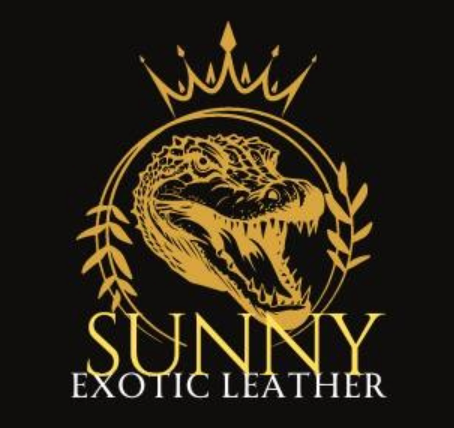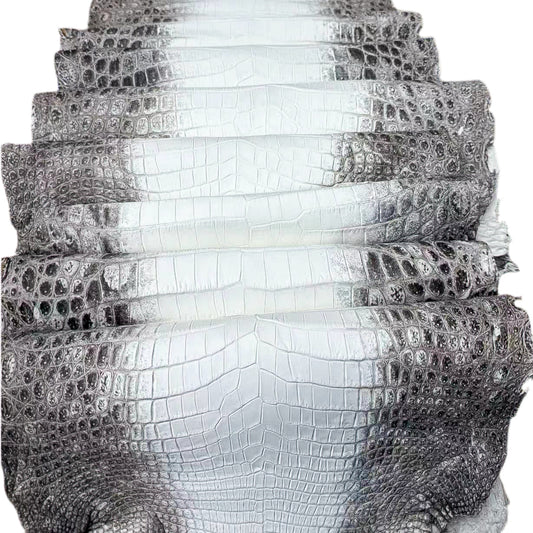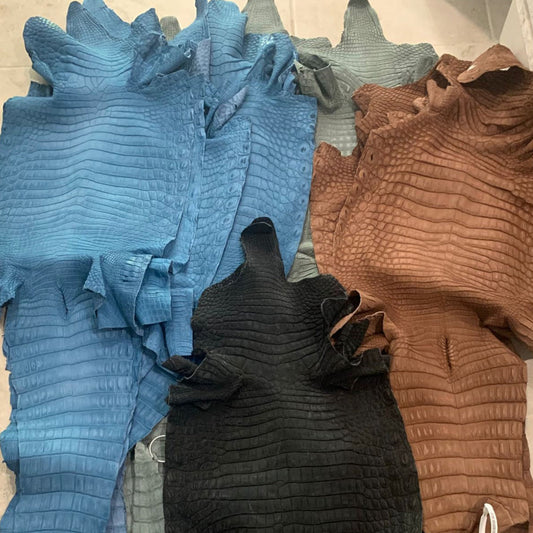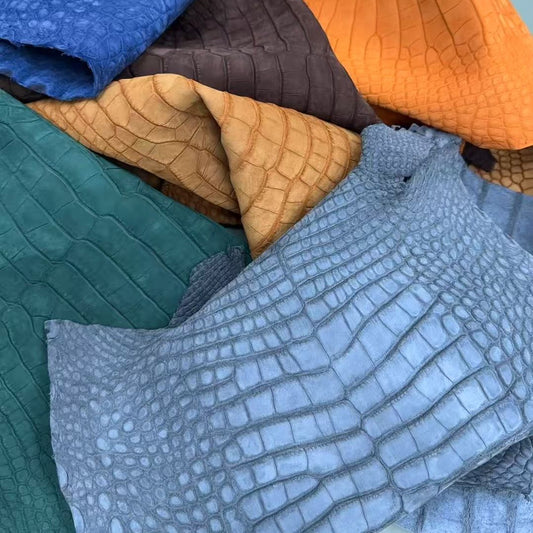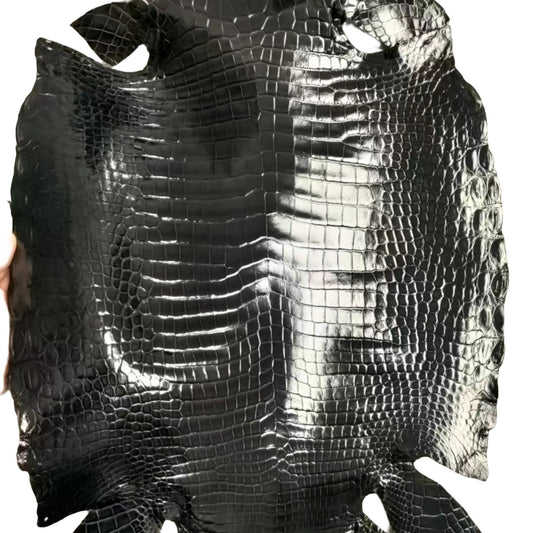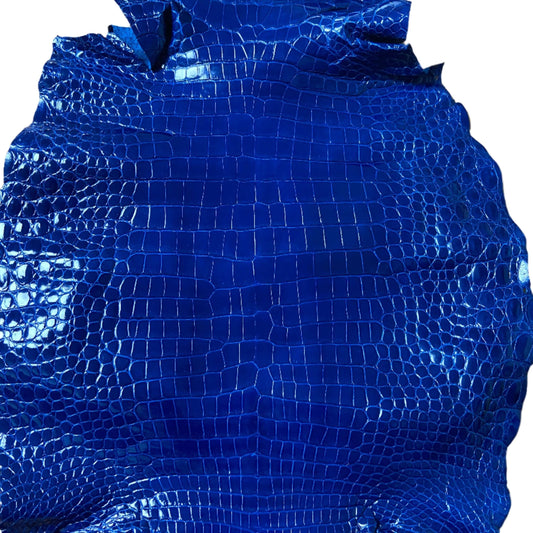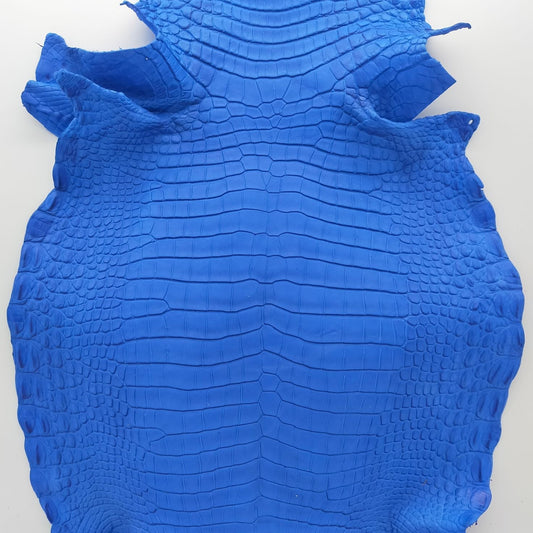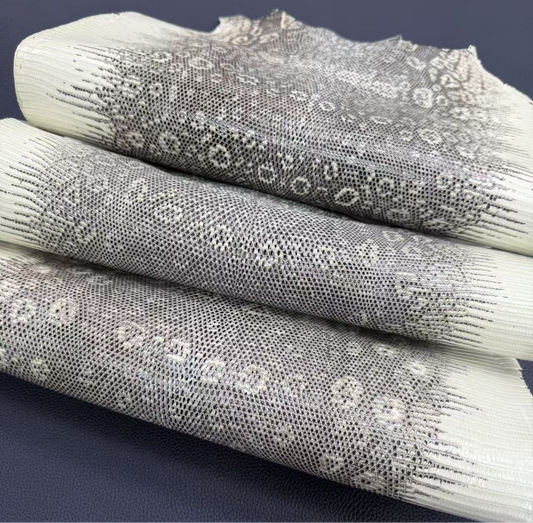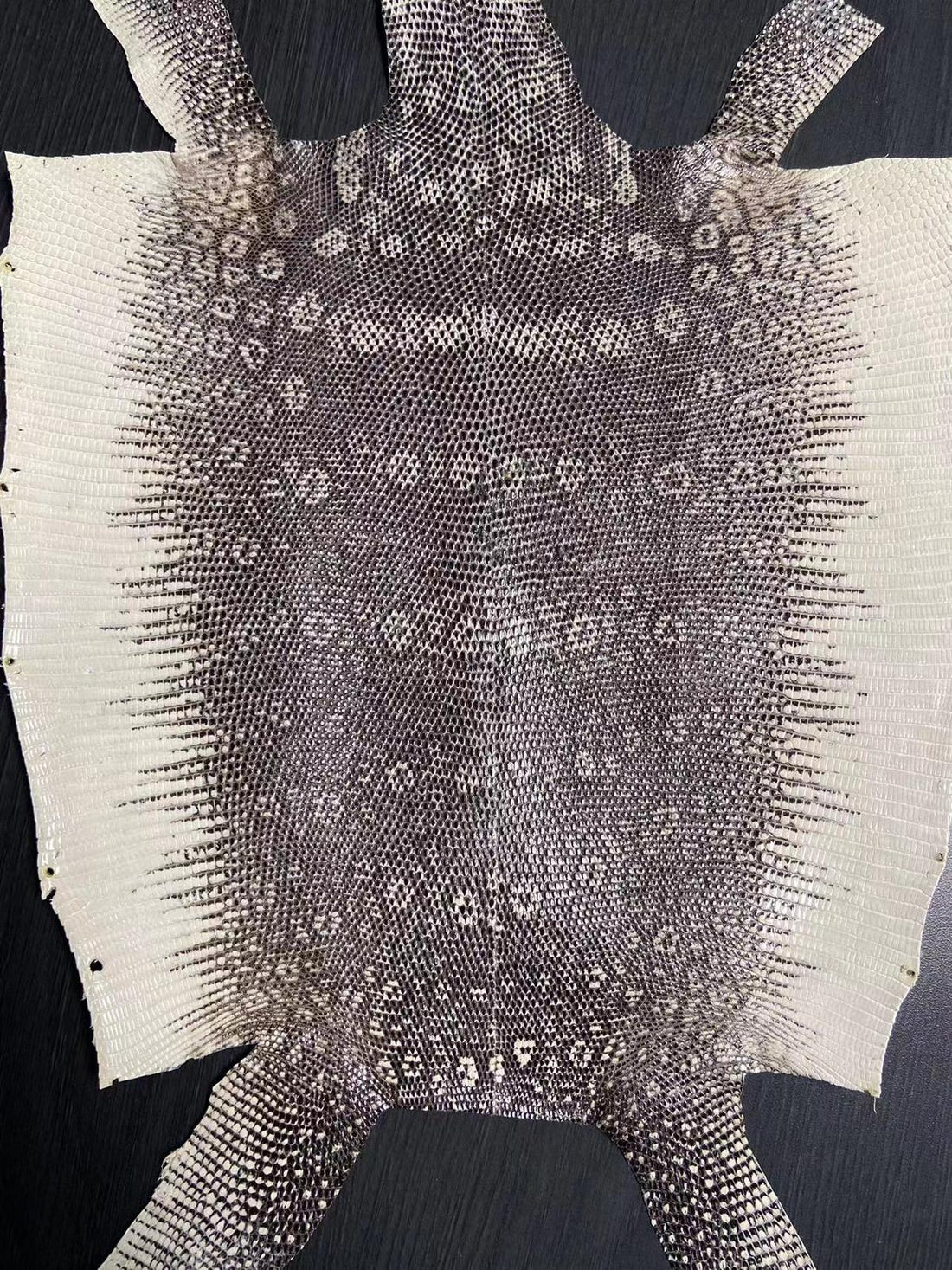
Exotic Skins On A Global Scale: Cashing In On The Growing Skin Demand
Share
Reptile skins have been sought-after materials for fashionable accessories for the last two centuries at least. This article traces the trend from its historical roots to the present day, with a special focus on the 1920s and 1930s, when “exotic leather” was in particularly high demand for ladies’ shoes, bags, belts etc. Dependent on technical innovations and economic conditions, the development of “reptile fashion” was determined by complex cultural phenomena where orientalism played a significant part. The perception of the material, often connoted as “strange” or “different”, was deeply ambivalent: it oscillated between attraction and rejection, between allure and disgust, between seduction and indignation. Accessories made from the skins of snakes, crocodiles, lizards and other exotic species have been imbued with the ambivalence that surrounded the living animals — an ambivalence shaped by ancient mythology and superstition. On the one hand they are appealing, tempting and attractive, on the other they are repulsive, offensive or even menacing. Aesthetics, ethics and symbolics all combine in shaping our perceptions of these animals and their skins — then just as now. Today’s discussions on the topic seem very much dominated by contemporary ethical considerations centered on the question of cruelty to animals, environmental destruction and ideological as well as economic colonialism. These aspects however were already present in earlier considerations. Despite long standing debates and criticisms the enduring fascination for reptile skins and their associated exoticism, rarity and sensuality still exists today as we can see in contemporary fashion shows.

